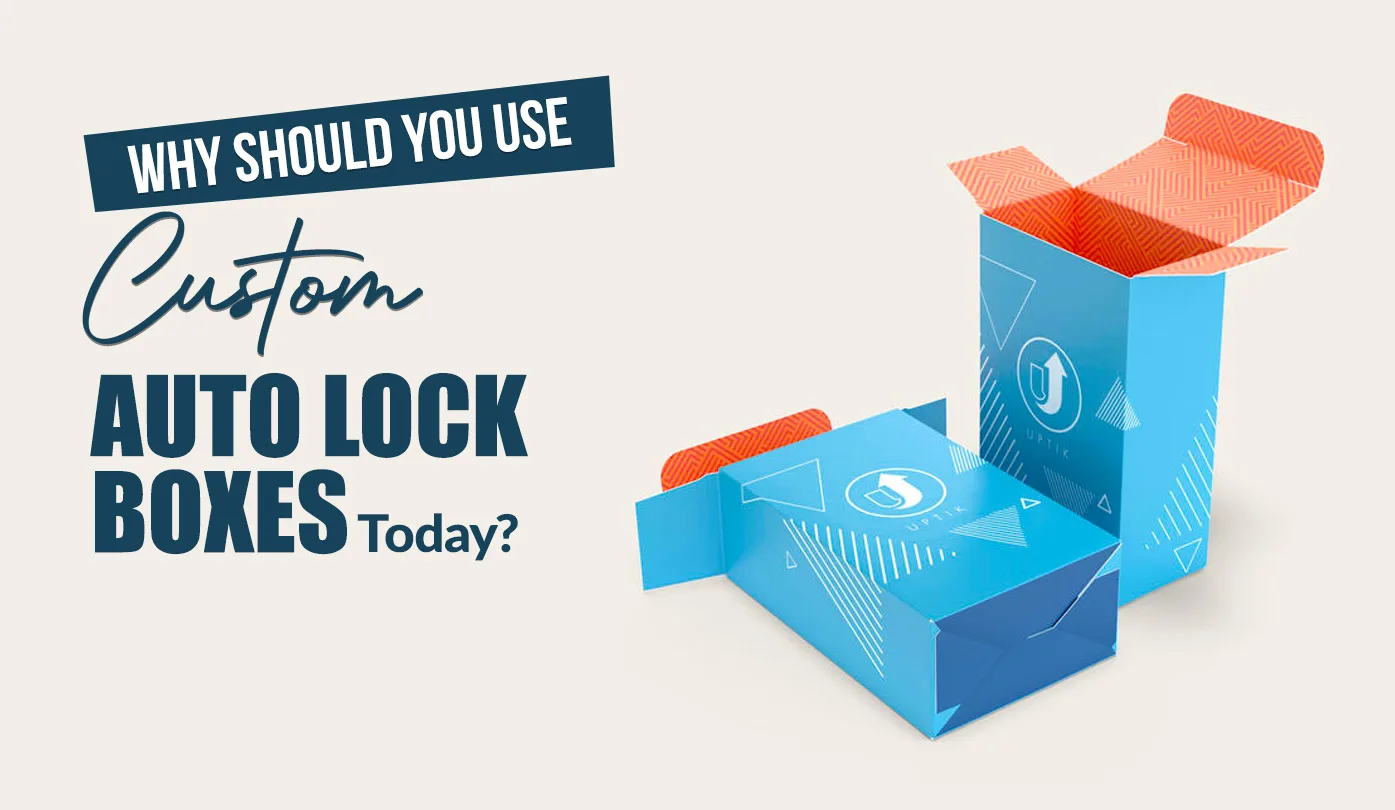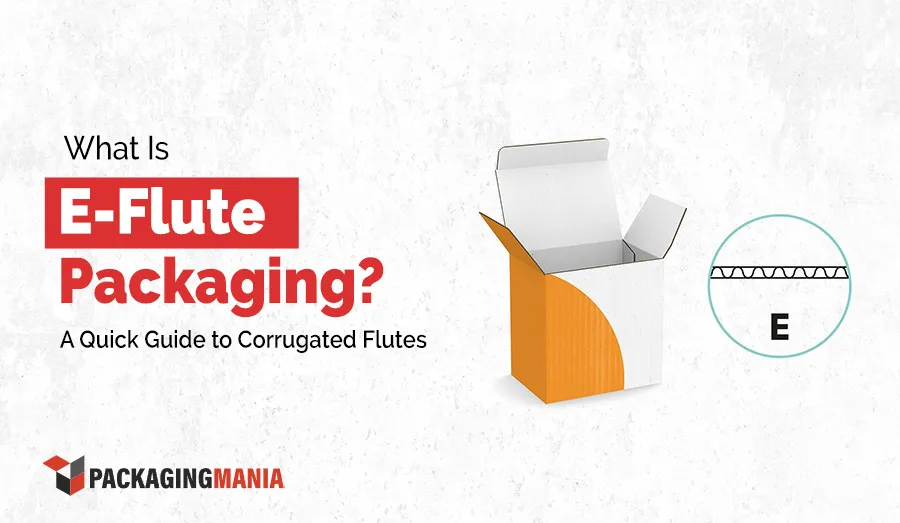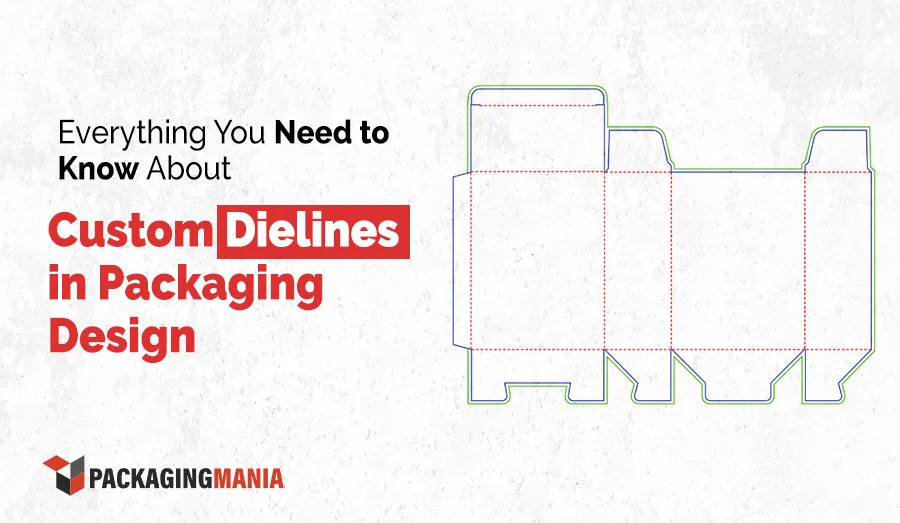By Blake Harper 22 April 2025

A walk in the breakfast aisle of your local grocery store greets you with an assortment of colorful and vibrant cereal boxes. From eye-catching mascots to bold designs, from funny patterns to information-focused sections, cereal boxes are an essential part of the consumer experience. Beyond the designs and branding elements, a more important question needs to be answered: what are cereal boxes actually made of?
Whether you go for funny cereal boxes or vintage cereal boxes, small cereal boxes or large ones, material plays a vital role in deciding their final look. In this blog, we will take a closer look at the materials used to make cereal boxes. When tailored to a brand’s specific needs, the cereal packaging is known as Custom Cereal Boxes. These boxes are an excellent option to make your cereals stand out in the market and increase their appeal.
Before we dig into the materials, it is important for cereal brands to understand the role of the outer box in cereal packaging. The outer box is the container that sits on the shelf and catches your attention. This box holds the cereal bag with flakes, communicates your brand’s identity, and provides information to buyers. As it plays so many different roles, a cereal box must be lightweight and durable, printable & easy to customize, eco-friendly, and cost-effective. Now that we know the basics, let’s look at the top materials used to manufacture cereal packaging boxes.
Cardboard cereal boxes are the most common ones you will find in the market. If you are new to the world of packaging, let us explain it for you. Cardboard is a thick, paper-based material that is sturdier than regular paper, but it is lighter than corrugated cardboard. It is typically made from wood pulp and is available in different grades and finishes. The best thing about cardboard is that it is a food-safe material, and this is why it is used to make Snack Boxes for different eatables.
It is ideal for making custom cereal boxes due to its different properties. Cardboard takes printing inks without any hurdles, making it ideal for printing boxes with full-color graphics, logos, and mascots to attract buyers. This property makes it ideal for printing cereal box labels irrespective of the colors and graphics. Cardboard is also a perfect option because it can be easily folded and glued into box shapes without cracking or tearing. Whether you are designing a cornflakes cereal box or one for chocolate flavor, cardboard protects the contents from pressure and damage during transit. Talking about protection, it is important to mention that this material is also an excellent choice for safety against external elements like air, moisture, and heat. Most brands go with cardboard for their cereal packaging boxes due to its green nature. It can be easily recycled and doesn’t end up in landfills.
SBS (Solid Bleached Sulfate), CCNB (Clay Coated News Back), and CRB (Coated Recycled Board) are the most common types of cardboard. SBS has a white appearance and a smooth finish. It is best for high-quality printing, and premium cereal brands often use it. CCNB is made from recycled paper and comes with a gray back and white clay-coated surface for printing. It is a more affordable option than SBS. The last one, CRB, is entirely made from recycled fibers and comes coated with a thin layer to support printing. Many brands use it to make small cereal boxes that are sold at lower prices.
It is the second most popular choice used for making cereal box packaging. Whether you are looking for a small cereal or a blank cereal box, Kraft can be the right choice. Kraft paper rose to fame in the last decade in the American market. Some brands started using it due to its organic looks to give a more natural and sustainable appeal to their products. Customized cereal boxes made from Kraft are often used for organic and whole-grain varieties. These cartons act as personalized cereal boxes for health-conscious consumers.
Kraft paper is made using the Kraft process, which is less energy-intensive than cardboard. This is why it is termed as a greener option than other paper-based materials. Just like cardboard comes in different types, Kraft has numerous varieties as well. The most famous one is the virgin natural Kraft paper. It is famous for its maximum tear resistance and is often used for large cereal boxes. Then comes the natural recycled Kraft paper; it is not as strong as the virgin natural variety but good enough for cereals. Apart from these two, colored Kraft paper is also quite famous for creating a box of cereal. Another variety is white or bleached Kraft paper. It is similar to virgin Kraft, but has been bleached to finish its natural look. The last option is the printed Kraft paper. It is printed on high-end machines, and you can create your own cereal box designs with it. Printed Kraft paper is also used for making Gift Boxes.
Kraft is a sustainable and a greener choice. Brands that go with Kraft cereal boxes often place recyclability logos in their cereal box templates to attract eco-conscious buyers. The brown and earthy tones make your cereals stand out on shelves that are loaded with shiny and colorful competitors. On the other hand, it has some cons as well. If you use virgin variety, its darker background can limit the range and vibrancy of printed colors. Another problem with Kraft is that it has a small target market because it is not attractive for kids. Buyers mostly prefer cereal boxes with colorful mascots, playful fonts, and attractive graphics that motivate the little ones to eat cereal for breakfast.
Now that we know everything about the two best material options for making custom cereal boxes, let’s find the best one for your brand. Picking between cardboard and Kraft depends on what your brand wants to say and its target audience. If you are selling a cereal that is fun, funky, colorful, and aimed at kids, teens, or families, then cardboard is an excellent choice. It is smooth, strong, supports bold printing, and is also eco-friendly. The best part is that it can be treated with various finishes and coatings that help pop the logo, characters, flavor, and other important information on the box. As it is easy to cut, brands opting for cut-out sections such as puzzles, games, and mascots can opt for it.
If your brand focuses on being natural or healthy, then we suggest you go with Kraft. It is simpler and has an earthy look that is great for telling your buyers that your cereal is good for them and its packaging is good for the planet. Kraft is durable and recyclable as well.
If you want to know how to create your own cereal box, you are at the right place. At Packaging Mania, our experts are always available to guide you during the entire ordering process. Our team suggests the best materials, cereal box dimensions, design elements, finishes, and coatings that you should apply to your Custom Packaging Boxes. Reach out to us right now and learn more about how to create cereal box for your brand and get an instant boost in sales.

16 July 2025



28 June 2025
